Solomon Nsumba
Scoring Root Necrosis in Cassava Using Semantic Segmentation
May 07, 2020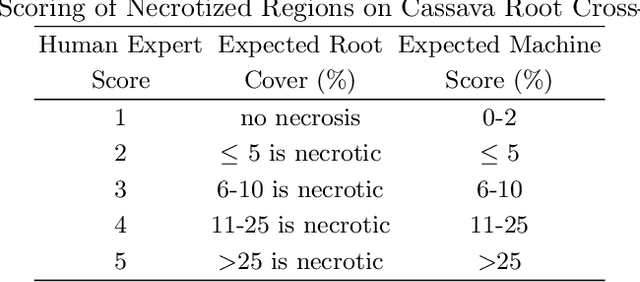
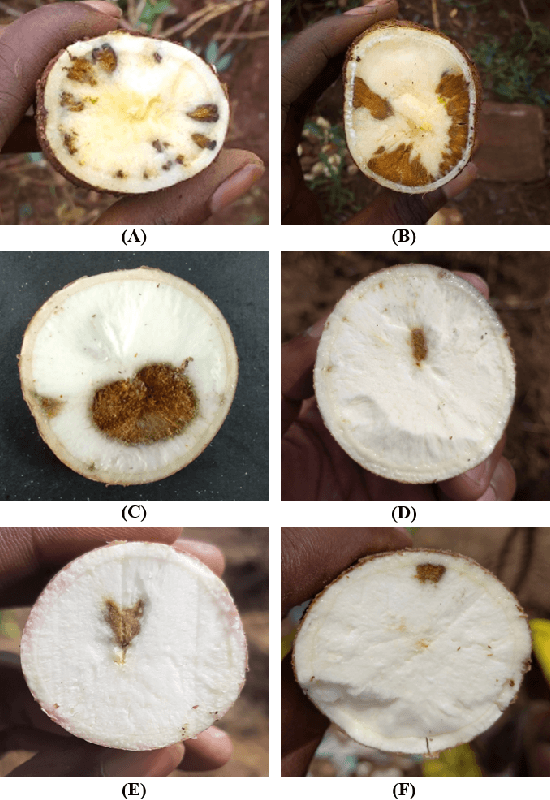
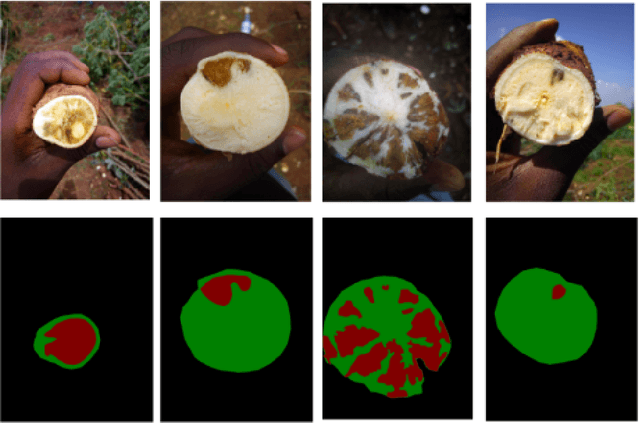
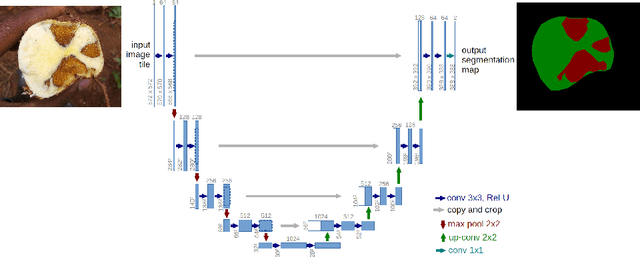
Abstract:Cassava a major food crop in many parts of Africa, has majorly been affected by Cassava Brown Streak Disease (CBSD). The disease affects tuberous roots and presents symptoms that include a yellow/brown, dry, corky necrosis within the starch-bearing tissues. Cassava breeders currently depend on visual inspection to score necrosis in roots based on a qualitative score which is quite subjective. In this paper we present an approach to automate root necrosis scoring using deep convolutional neural networks with semantic segmentation. Our experiments show that the UNet model performs this task with high accuracy achieving a mean Intersection over Union (IoU) of 0.90 on the test set. This method provides a means to use a quantitative measure for necrosis scoring on root cross-sections. This is done by segmentation and classifying the necrotized and non-necrotized pixels of cassava root cross-sections without any additional feature engineering.
iCassava 2019Fine-Grained Visual Categorization Challenge
Aug 08, 2019
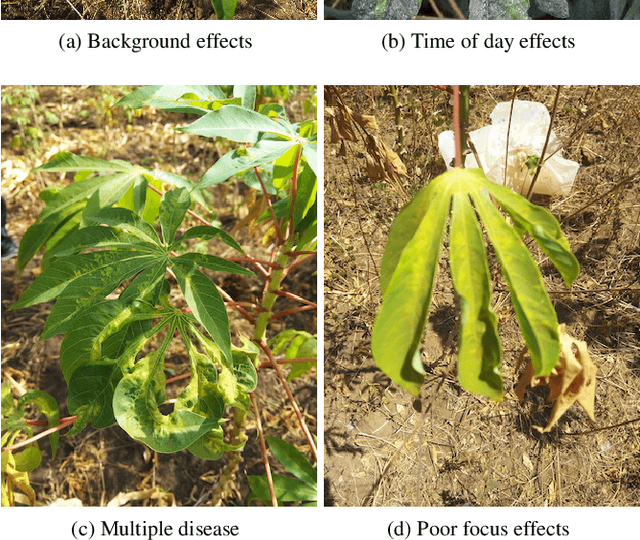
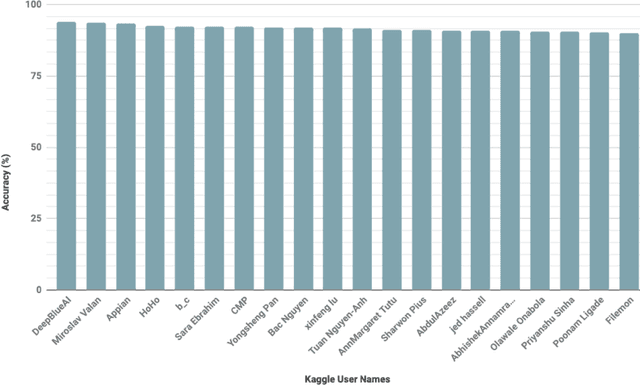
Abstract:Viral diseases are major sources of poor yields for cassava, the 2nd largest provider of carbohydrates in Africa.At least 80% of small-holder farmer households in Sub-Saharan Africa grow cassava. Since many of these farmers have smart phones, they can easily obtain photos of dis-eased and healthy cassava leaves in their farms, allowing the opportunity to use computer vision techniques to monitor the disease type and severity and increase yields. How-ever, annotating these images is extremely difficult as ex-perts who are able to distinguish between highly similar dis-eases need to be employed. We provide a dataset of labeled and unlabeled cassava leaves and formulate a Kaggle challenge to encourage participants to improve the performance of their algorithms using semi-supervised approaches. This paper describes our dataset and challenge which is part of the Fine-Grained Visual Categorization workshop at CVPR2019.
 Add to Chrome
Add to Chrome Add to Firefox
Add to Firefox Add to Edge
Add to Edge